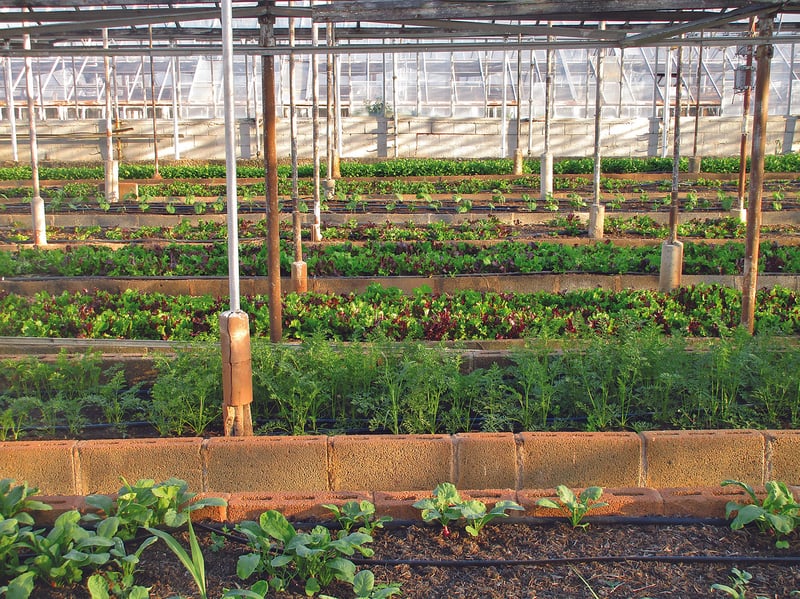Urban Agriculture
The Rise of Vertical Farming in Urban Agriculture
Urban agriculture is on the rise as cities are becoming more densely populated and the demand for fresh, locally grown produce is increasing. One innovative solution to this challenge is vertical farming, a method that involves growing produce upwards instead of outwards.
What is Vertical Farming?
Vertical farming is the practice of growing crops in vertically stacked layers or inclined surfaces, often in controlled environments like skyscrapers or shipping containers. This method utilizes techniques such as hydroponics or aeroponics to provide plants with nutrients and water without soil.
Benefits of Vertical Farming
- Maximizing Space: Vertical farming allows for more efficient use of space, making it ideal for urban environments where land is limited.
- Year-Round Production: With controlled environments, vertical farms can produce crops year-round regardless of the external climate.
- Reduced Water Usage: The closed-loop system in vertical farming uses significantly less water compared to traditional farming methods.
- Minimized Pesticide Use: Controlled environments help reduce the need for pesticides and herbicides.
Challenges and Future Outlook
While vertical farming offers many benefits, there are challenges such as high initial setup costs and energy consumption. However, with advancements in technology and increased awareness of sustainable practices, vertical farming is gaining popularity as a viable solution for urban agriculture.
As the world's population continues to grow, innovative farming methods like vertical farming will play a crucial role in ensuring food security and sustainability in urban areas.

Learn more about vertical farming and its impact on urban agriculture here.
